Evergreen shrubs for NE Oklahoma
sally2_gw
13 years ago
Related Stories
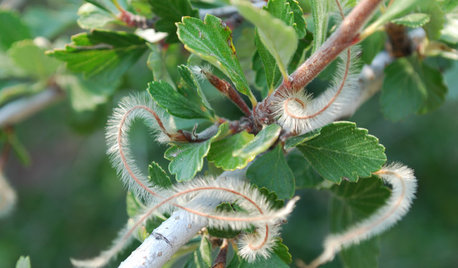
GARDENING GUIDESGreat Design Plant: Curl-Leaf Mountain Mahogany, an Easy Evergreen
Use it as an accent plant or mass it as a screen; this pine and spruce alternative is a hard worker in dry, cold climates
Full Story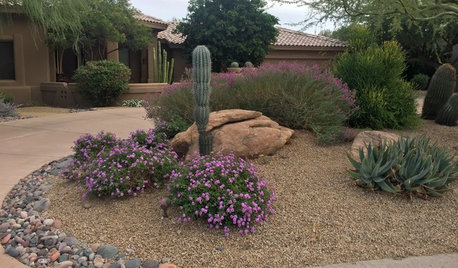
GARDENING GUIDESGreat Design Plant: Dalea Frutescens
Black dalea’s violet flowers and finely textured foliage add beauty to the Southwestern fall landscape
Full Story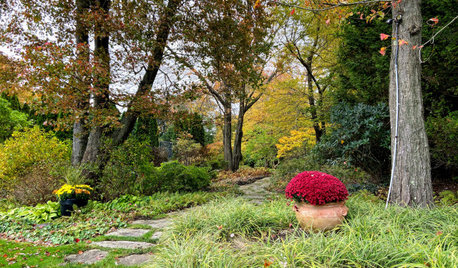
GARDENING GUIDES4 Elements of a Stunning Fall Garden
Late summer is a good time to look beyond trees to create an autumn landscape that draws the eye and stirs the soul
Full Story
GARDENING GUIDES5 Best-Behaved Trees to Grace a Patio
Big enough for shade but small enough for easy care, these amiable trees mind their manners in a modest outdoor space
Full Story
MOST POPULARMeet a Lawn Alternative That Works Wonders
Carex can replace turfgrass in any spot, is low maintenance and adjusts easily. Add its good looks and you’ve got a ground cover winner
Full Story
GARDENING GUIDESGreat Design Plant: Bugle Weed, a Quick Ground Cover
It’s highly adaptable, suppresses weeds, reduces erosion and provide weeks of bright flowers. Just watch for invasiveness
Full Story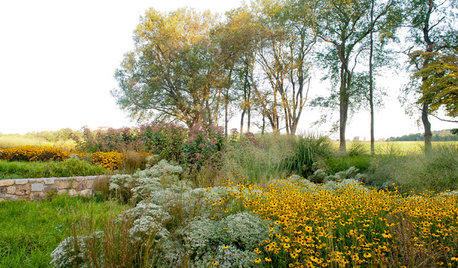
GARDENING GUIDES10 Essential Wildflowers for the U.S. Central Plains
Focusing on prairie wildflowers supports the most wildlife in a low-maintenance Plains landscape
Full Story
GROUND COVERSGround Force: 10 Top Ground Covers for Your Garden
Protect your soil from weeds and drought this summer with a living mulch of ground covers
Full Story
WINTER GARDENING6 Reasons I’m Not Looking Forward to Spring
Not kicking up your heels anticipating rushes of spring color and garden catalogs? You’re not alone
Full Story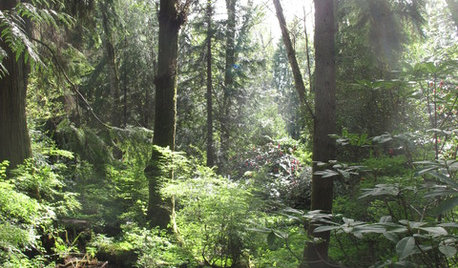
GARDENING AND LANDSCAPINGGarden Lessons from a Grand Northwest Reserve
Borrow classic landscape ideas from this Washington state treasure, a series of gardens as thoughtfully planned as they are spacious
Full StoryMore Discussions






Okiedawn OK Zone 7
sally2_gwOriginal Author
Related Professionals
Manorville Landscape Architects & Landscape Designers · Norwood Landscape Contractors · Wilmington Landscape Contractors · Ellicott City Landscape Contractors · Lakewood Landscape Contractors · Pahrump Landscape Contractors · Wanaque Landscape Contractors · Crowley Landscape Contractors · Ferguson Landscape Contractors · Beavercreek Decks, Patios & Outdoor Enclosures · Bellingham Decks, Patios & Outdoor Enclosures · Palmetto Decks, Patios & Outdoor Enclosures · San Diego Decks, Patios & Outdoor Enclosures · West Bloomfield Township Decks, Patios & Outdoor Enclosures · West Chicago Decks, Patios & Outdoor EnclosuresOkiedawn OK Zone 7
scardanelli
mulberryknob
sally2_gwOriginal Author
mulberryknob
Okiedawn OK Zone 7
jamesskaggs_prodigy_net
helenh